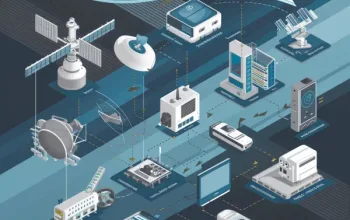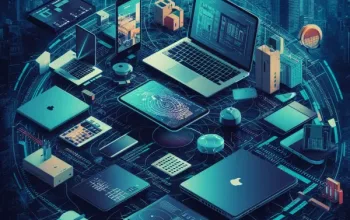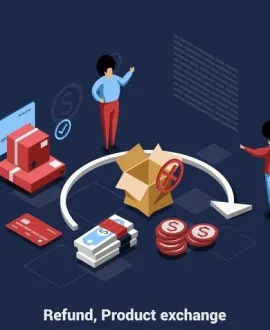Why Choose Return Merchandise Authorization?
Partnering with Egypt IOR for Return Merchandise Authorization ensures efficient management of returns, replacements, and repairs. Our services help strengthen your supply chain and improve the resilience of your distribution network.
We cover all aspects of post-sale support, including replacements, return analysis, warranties, and vendor management. With our expertise in handling international RMA procedures, we ensure the returns process is smooth, even across international locations. This approach saves you time and cuts costs by reducing compliance and logistics challenges.

Customs Clearance for Replacement Products

Duty and Tax Considerations for New Products

Documentation Preparation

Communication with Customs Authorities

Logistics Coordination for Replacement Shipments

Compliance with Local Regulations for New Products
RMA logistics play a key role in reverse logistics, focusing on the return, replacement, or repair of products. By efficiently managing the reverse movement of goods, businesses can reduce costs and improve overall efficiency.
Our RMA process
At Egypt IOR, we make the Return Merchandise Authorization (RMA) process smooth and efficient for you. Here’s how it works:
We begin by receiving the return request and confirming that it meets the necessary criteria. Once verified, we issue authorization and prepare for the logistics process. Our team ensures all required documentation is in place before initiating the return.
Our team efficiently coordinates the return shipment, making sure the goods are safely transported back. We handle all necessary paperwork, including customs clearance if needed, to ensure a smooth return process. Our goal is to minimize any delays and keep everything on track.
Once the goods are returned, we oversee the inspection, repair, or replacement process. Afterward, we ensure the products are restocked, sent for repair, or forwarded to the appropriate location.
Industries Served
E-Commerce
Let Egypt IOR, your product compliance experts, handle customs clearance…
More About E-Commerce →Telecommunications
As businesses connect globally, telecommunications play a crucial role. Egypt…
More About Telecommunications →Medical Devices
In the medical field, delays can have serious consequences. As…
More About Medical Devices →Data Storage
Because offline is unacceptable, timely delivery of spare parts is…
More About Data Storage →Tech Hardware
Whether it’s cables, chips, servers, or racks, we ensure smooth…
More About Tech Hardware →Frequently Asked Questions
Still open questions?
Return fees depend on the specific terms of the warranty or return policy. Before proceeding with the return process, we will inform you of any associated costs for shipping, inspection, or repair.
The duration of the RMA process can vary depending on the complexity of the return and the shipping distance. However, we strive to complete the return, replacement, or repair as quickly as possible and keep you informed throughout the process.
Yes, we handle international returns as part of our global RMA service. Our team ensures that all necessary documentation, including customs clearance, is properly managed for smooth returns across borders.
An RMA manages the return, replacement, or repair of defective, damaged, or no longer needed products. It ensures that the return process is organized and efficient, allowing businesses to handle returns under warranty or return policies. The RMA process includes verifying the return’s eligibility, handling logistics, inspecting the returned product, and determining the appropriate resolution, whether it’s a repair, replacement, or refund. For more information, check out our RMA guide.
What makes us special?
At Egypt IOR, we are dedicated to providing extensive customs services for international clients.
Services
Get A Quick Response
With our proven expertise, you gain the advantage of safe and secure return goods authorization solutions tailored for even the most complex logistics needs.
Our RMA Authorization expertise ensures a rapid response when you need it most. Whether you’re dealing with a stuck shipment or seeking a quick quote, we’re here to assist you every step of the way.
Our team at Egypt IOR is always prepared, 24/7, to bring their expertise and passion for RMA shipping Services to support your business needs.









